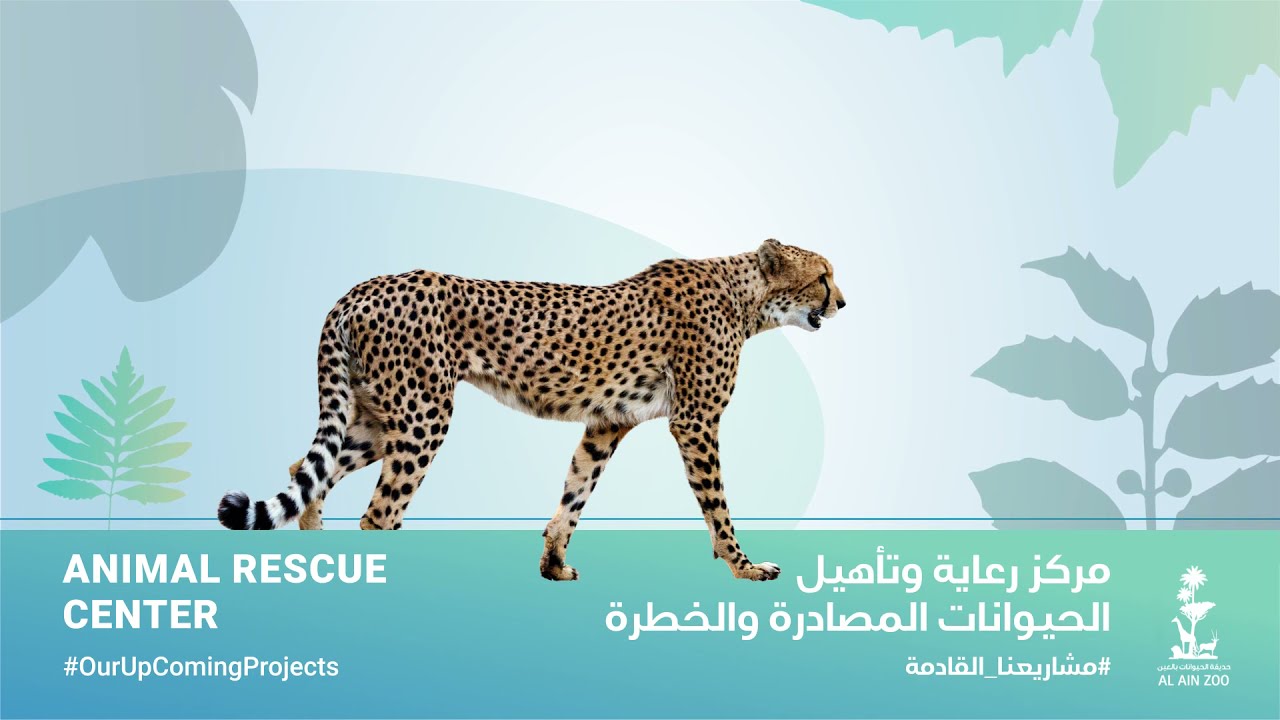- The pivotal role of the Animal Rescue Center in wildlife conservation and animal welfare.
- Strategies and protocols for rehabilitating confiscated and dangerous animals.
- Challenges faced in managing and maintaining high standards of care.
- Educational outreach and community involvement initiatives.
- Collaborations and partnerships that enhance conservation efforts.
The Animal Rescue Center for confiscated and dangerous animals plays a critical role in conservation and animal welfare. This center is dedicated to rehabilitating and rehoming animals that have been removed from illegal trade, abusive situations, or environments where they posed a threat. As human activities increasingly encroach upon natural habitats, such centers are crucial in the fight to preserve biodiversity and protect vulnerable species.
Wildlife conservation requires an intricate understanding of various species’ needs and behaviors. The Animal Rescue Center is equipped with specialized facilities to accommodate a wide range of animals, from reptiles and birds to larger mammals. Each species has specific dietary, environmental, and social needs, and the center’s staff work tirelessly to mimic natural habitats, providing specialized care that promotes physical and psychological well-being. The aim is to rehabilitate these animals, allowing them a second chance either in the wild or in a protective environment.
The protocols in place for rehabilitating confiscated and dangerous animals are comprehensive. Each animal undergoes an initial assessment to determine its health, temperament, and suitability for release or permanent care. Veterinary teams conduct thorough medical examinations and administer necessary treatments to address any injuries or illnesses. Behavioral specialists then develop enrichment and training programs tailored to each animal’s needs, promoting natural behaviors and reducing stress. This holistic approach is designed to maximize the likelihood of successful reintegration into the wild whenever possible.
Managing high standards of care presents significant challenges. The diversity of species and their distinct requirements demand vast resources and a highly skilled team. The center operates under strict legal and ethical guidelines, ensuring that all animals receive appropriate care, nutrition, and shelter. However, funding limitations, the need for continuous staff training, and the ever-growing number of animals requiring assistance create ongoing pressures.
To overcome these challenges, the center engages in educational outreach and community involvement. By raising awareness about the threats faced by wildlife and the importance of conservation, the center fosters public support and encourages responsible behavior. Programs and workshops aimed at schools and local communities inspire a new generation of conservationists. Interactive sessions with animals, guided tours, and volunteer opportunities further enhance public engagement and provide invaluable learning experiences.
Collaborations and partnerships with other conservation organizations, government agencies, and research institutions significantly bolster the center’s efforts. Sharing resources, knowledge, and expertise facilitates more effective conservation practices and enhances the impact of rehabilitation and rehoming programs. Additionally, these partnerships enable the center to influence policy changes and advocate for stronger wildlife protection laws.
Through its multifaceted approach, the Animal Rescue Center serves as an essential guardian for wildlife, ensuring that confiscated and endangered animals receive the care and opportunities they deserve. By continuing to innovate and collaborate, the center not only contributes to individual animal welfare but also plays a pivotal role in preserving our planet’s biodiversity.
*****
Source Description
لمحة عن “مركز رعاية وتأهيل الحيوانات المصادرة والخطرة”
#قريبا في #حديقة_الحيوانات_بالعين
.
.
A peek into our “Animal Rescue Center” .. #Soon at #AlAinZoo
.
.
#New #OurUpcomingProjects


